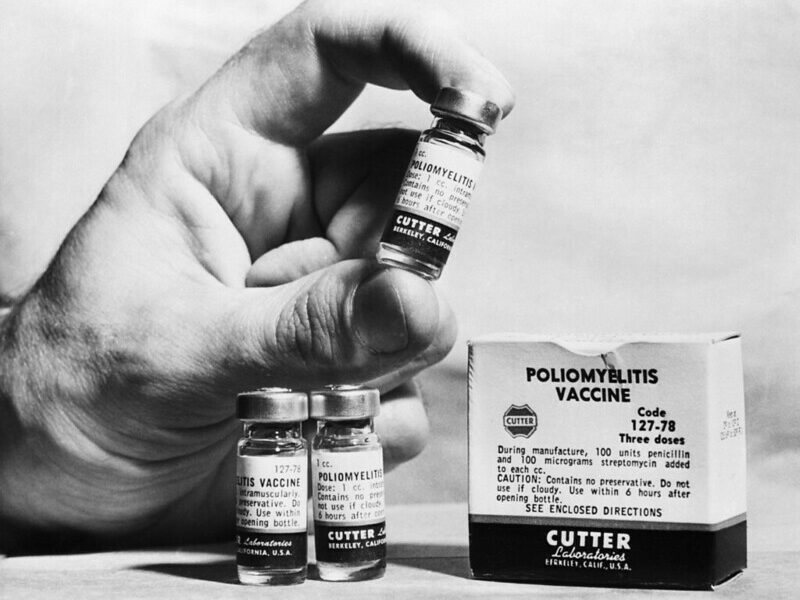First it was cucumbers (Spanish), then it was sprouts. Then it was cucumbers (German) and now officials say it truly was the sprouts. Although lab tests failed to find the E. coli on plants at the farm which produced the sprouts, the strain was isolated on leftover sprouts from a family which became ill. At the moment, the European Centre for Disease Prevention and Control reports that 3086 people became ill. Media reports state 33 have died (all German except for 1 Swede). The United States and Canada also reported cases suspected to be associated with the outbreak. Over a quarter of cases experienced the severe form of the infection, Hemolytic Uremic Syndrome. This strain has been unusually severe, with doctors noting neurologic damage in many patients. In the end, traditional epidemiological studies examining foods consumed and events attended by both sick and healthy individuals showed many of the infected ate at restaurants and cafeterias supplied by one organic sprout farm. From there, investigators were eventually able to track down sprouts that test positive for the strain. Those interested in reading about the methods and challenges of investigating an outbreak of foodborne illness may enjoy this post. The outbreak has been devastating to farmers. While Spanish cucumber farmers were the first to feel the impact, consumers soon began to avoid all produce as no single source was quickly identified. The German E. coli outbreak has sparked increased news reporting of E. coli cases, even those not linked to the outbreak. The Netherlands, Thailand and Finland all reported finding E. coli. In Tennessee, a two year old girl has died and 8 are believed to be ill from E. coli.
